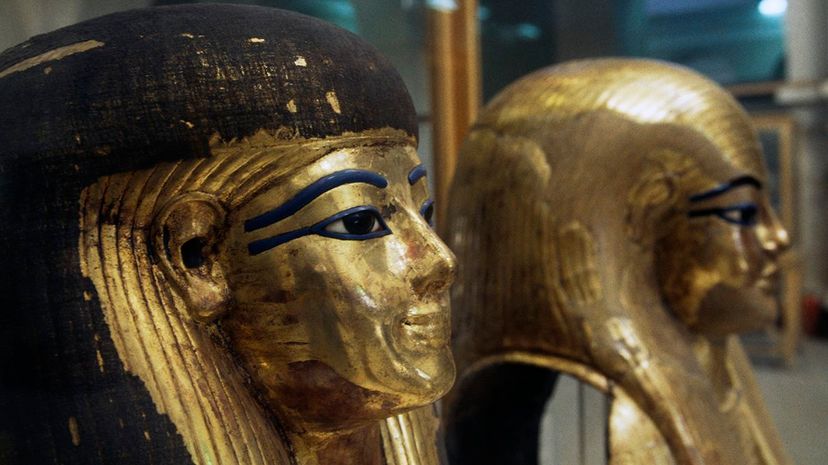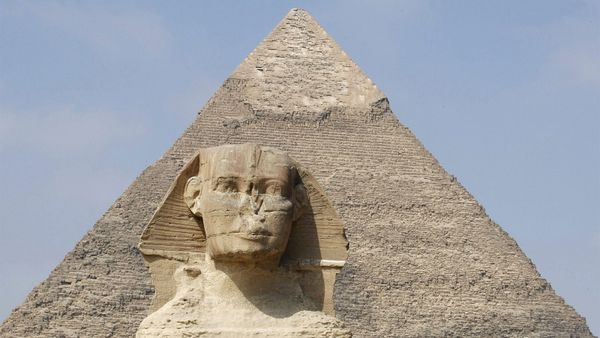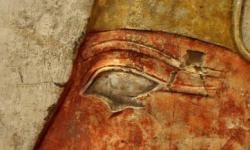
People of all walks of life have found ways to enhance their features throughout history. But for centuries, it was the rich folks and aristocrats who had the luxury of using extravagant cosmetics. And it's still that way today, to a degree — while a lot of people can order $30 Kylie Lip Kits at will, a smaller portion of society can afford to (and does) buy moisturizers worth more than $2,000.
In an episode of Stuff You Missed in History Class, hosts Tracy and Holly take us through the history of cosmetics around the world. While they eventually get to the time in history when makeup is made for the masses, we're going to explore some of the ways the rich have used cosmetics to set themselves apart from the (literally) poor who flaunted their features makeup-less.
Advertisement
Let's start with the ancient Egyptians. By 4000–3500 B.C.E., Egyptians were lining their eyes in that famous cat-eye fashion. But the fanciest folks weren't content with doing their makeup at home; the rich carried little carved or painted kits of makeup, some decorated lavishly with gems, so touch-ups were readily available. By the time Cleopatra takes the throne (51 B.C.E.), she's wearing a bright red lipstick made from crushed carmine beetles — a dye that's still commonly used. But the poor folks? They had to settle for watered down clay, which probably wasn't as vibrant.
Nail polish started to become the rage in ancient Asian cultures around 3000–1500 B.C.E. The Chinese used colors mixed with egg, beeswax or gum arabic as a kind of stain. But once again, the rich distinguished themselves from common people through cosmetics: While it was considered socially appropriate for Chinese aristocracy to wear vivid nail colors, the masses wore only pale colors.
Let's skip ahead a little bit to a time and place where the aristocracy flips its position: Victorian England. In the mid-1800s, Queen Victoria declared makeup vulgar (as it was only suitable, in her opinion, for prostitution or the stage). So, the British upper classes began turning up their non-powdered noses at the stuff. But by the time the Edwardian era rolled around (1901–1910), women were eager to put on their faces again. However, the stigma around makeup didn't disappear overnight, so women would deny makeup use ... and sneak in the back door at beauty salons to buy their products.
To learn a lot more about the development, use and spread of cosmetics throughout history and social classes, click the podcast player in this article.
Advertisement


